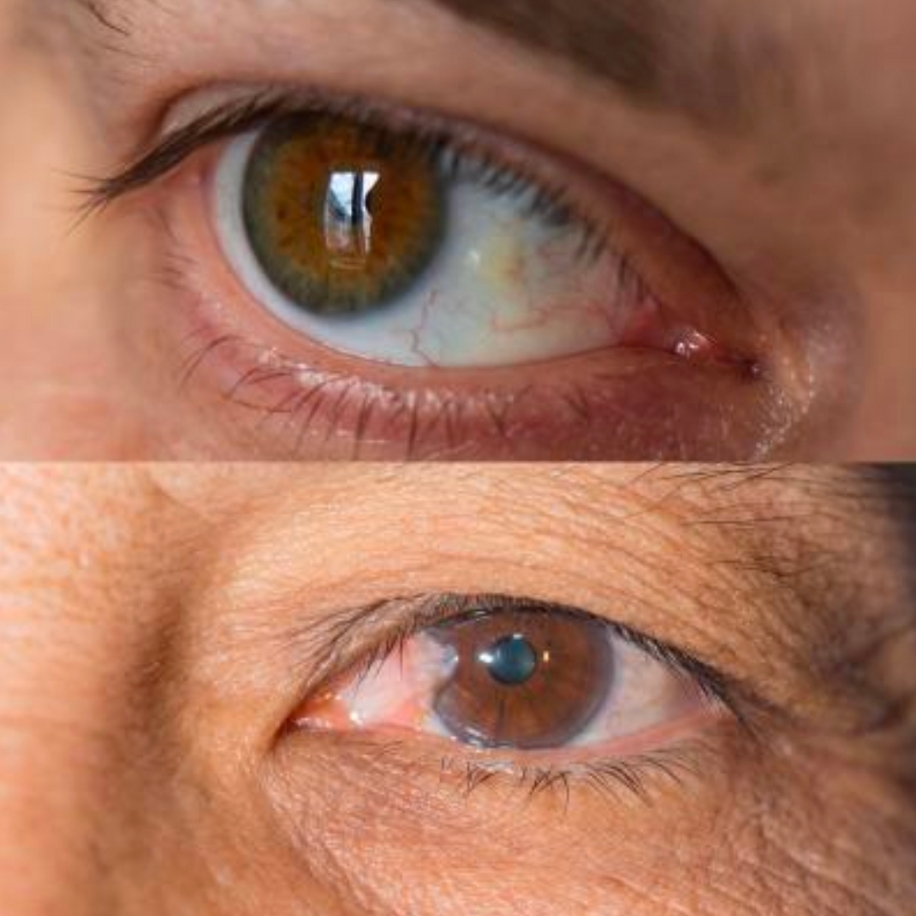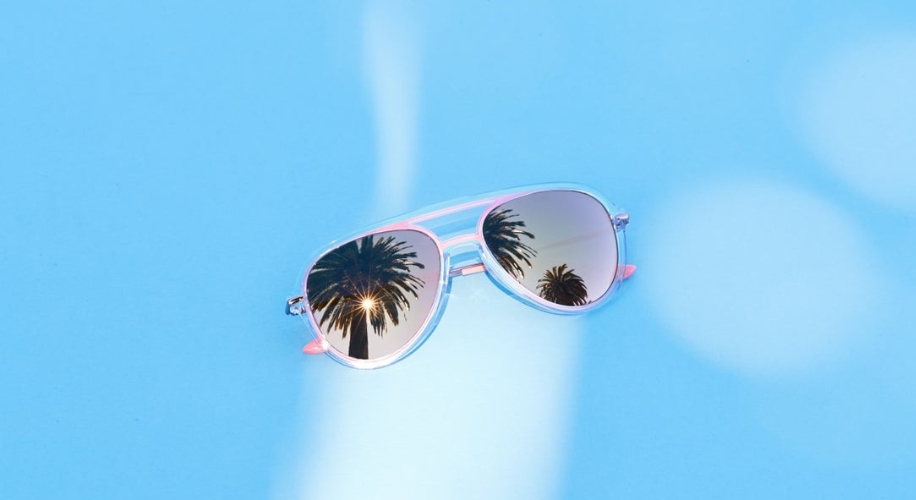Understanding Pinguecula and Pterygium

Hello, Zenni community! Dr. Sophia Moh here, your dedicated optometrist from Zenni Optical. Today, let’s delve into a topic that concerns the health of our precious eyes: Pinguecula and Pterygium, commonly known as Surfer’s Eye.
What are Pinguecula and Pterygium?

Pinguecula (upper image) and a pterygium (lower image) caused by sun damage to the eye. Source: American Optometric Association
Pinguecula is a yellowish, raised growth on the conjunctiva, typically situated on the side of the eye near the nose. It may contain deposits of protein, fat, or calcium. On the other hand, Pterygium is a fleshy tissue growth, often starting as a pinguecula, and it can grow large enough to cover part of the cornea, affecting vision.
Unmasking the Cause: UV Light’s Role in Pinguecula and Pterygium Development

These eye conditions are believed to be caused by a combination of exposure to ultraviolet (UV) light from the sun, wind, and dust. UV rays, in particular, play a significant role in their development. To protect your eyes from the potential harm caused by UV rays, wearing sunglasses is a simple yet effective preventive measure.
Proactive Measures: How Sunglasses Shield Your Eyes from UV Damage

Avoiding pinguecula and pterygium involves some practical steps. Along with wearing sunglasses to shield your eyes from UV light, consider wearing glasses or goggles to protect your eyes from dust. Additionally, using artificial tears can help alleviate dryness and discomfort.

Experiencing symptoms such as redness, swelling, a yellow spot on the eye, dryness, itching, burning sensations, or blurry vision could indicate the presence of pinguecula or pterygium. If you encounter any of these signs, seeking prompt attention from an eye care professional is crucial. Remember, the best defense against pinguecula and pterygium is prevention. By protecting your eyes from excessive sunlight, dryness, and dust exposure, you can significantly reduce the risk of these eye conditions. Let’s be proactive in safeguarding our eyes, making wearing sunglasses a habit for a brighter and clearer vision in the future.
Shop Sunglasses
Reference: American Academy of Ophthalmology
About the Author: Dr. Sophia Moh, OD, ABOC
Dr. Sophia Moh, OD, is an optometrist based in the Bay Area, California. She holds a doctorate from UC Berkeley School of Optometry and has worked in various eye care settings, including primary care optometry, general ophthalmology, community health clinics, and Veterans Affairs. Dr. Moh is dedicated to improving global vision health by making high-quality, affordable eyewear accessible to all. She is also a certified American Board Optician (ABO) and actively contributes to optical education through training and lectures.



 Canada
Canada